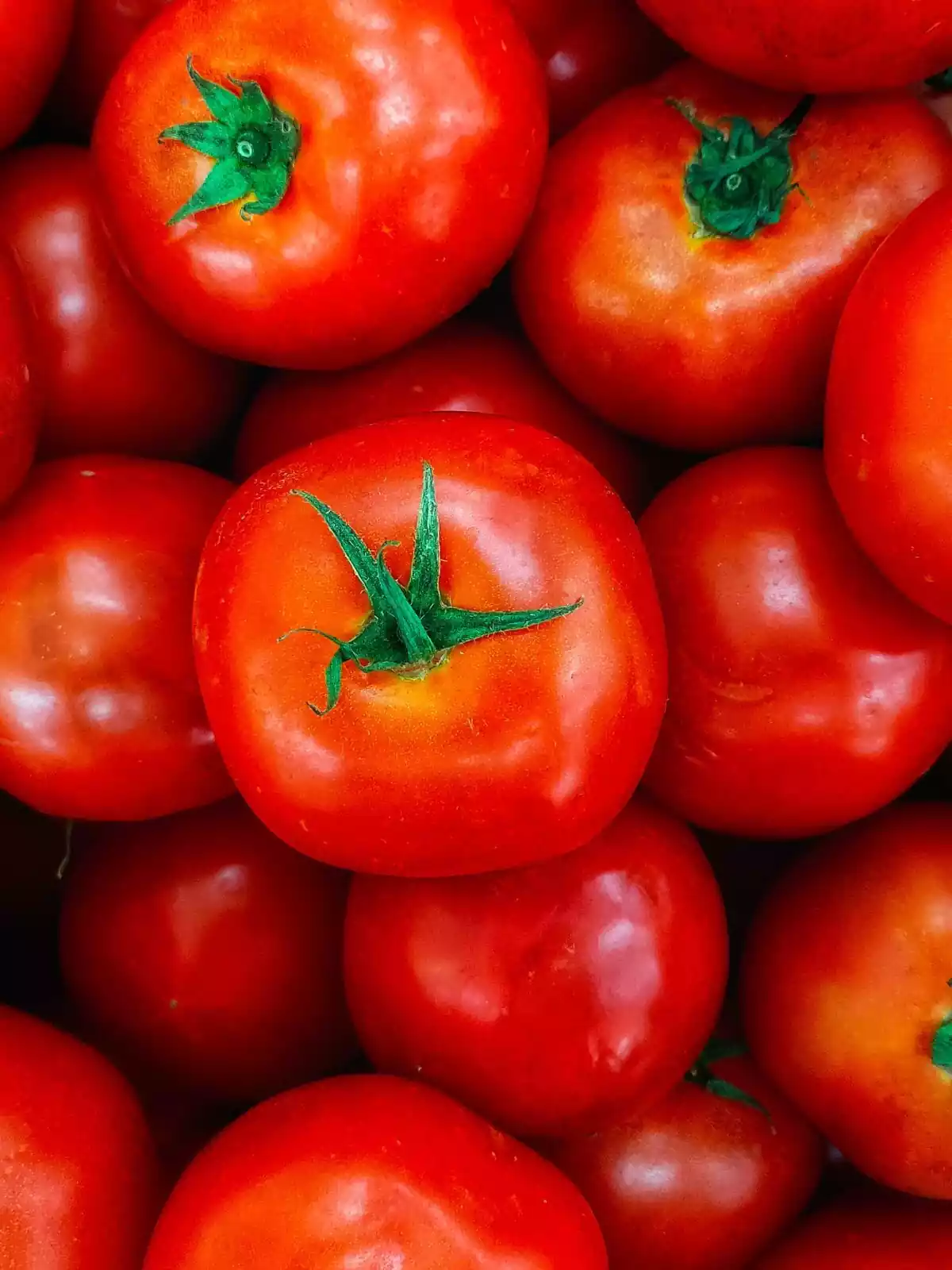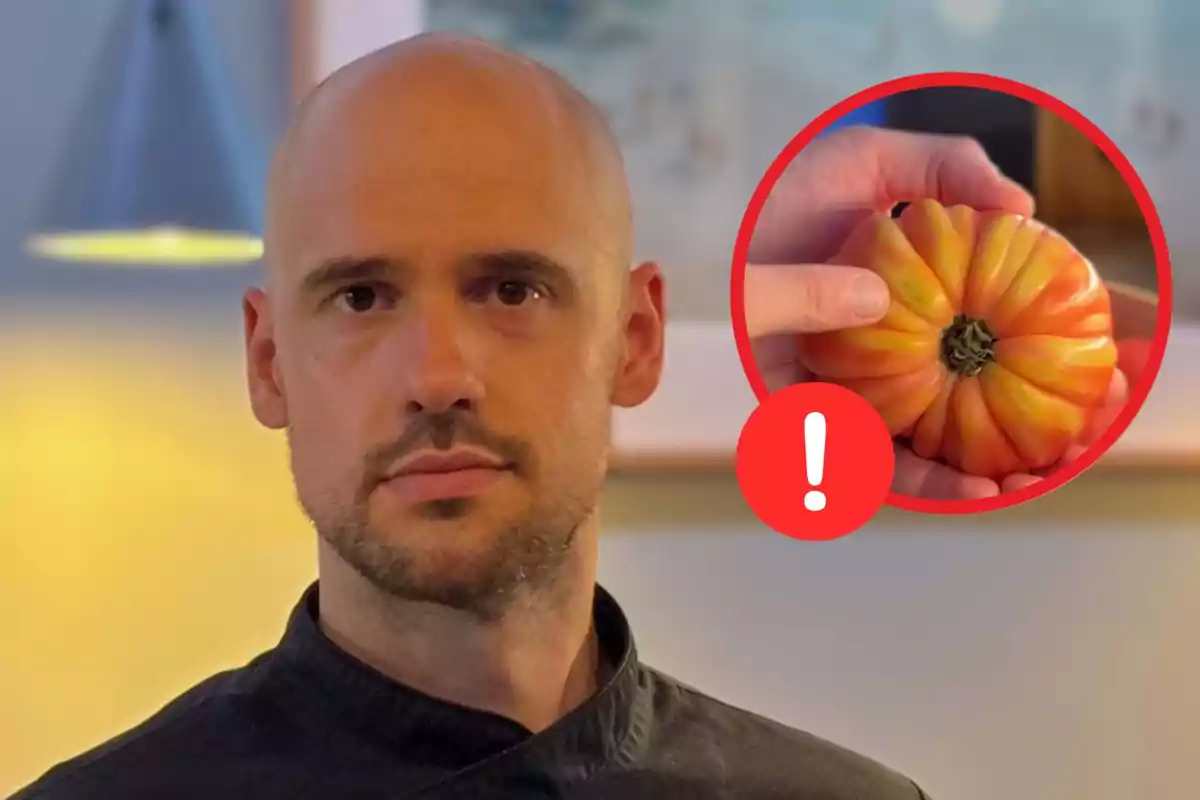The proper preservation of fresh foods has become a topic of growing interest for consumers, and among them, the tomato holds a prominent place. We often wonder whether it's better to store this fruit in the refrigerator or leave it at room temperature. Recently, chef David Guibert has shared recommendations for keeping tomatoes based on their ripeness, offering a practical perspective.
David Guibert, who has thousands of followers thanks to his experience in plant-based cooking, has explained that not all tomatoes should be treated the same way when it comes to storage. His advice encourages people to carefully observe the color and texture of the tomato before deciding where to store it, thus avoiding common mistakes that cause loss of flavor and premature spoilage. According to the chef, understanding these differences can make a difference in the final quality of the food.

When to store tomatoes outside or inside the refrigerator?
"If the tomato has green and yellow areas, doesn't yet smell like a tomato, and doesn't wrinkle when pressed, leave it outside the refrigerator," the chef explained. This recommendation is based on the fact that the tomatoes are still in the ripening process, and keeping them at room temperature allows them to complete their natural development. In addition, he suggested placing them next to fruits like apples or bananas, which emit ethylene, a natural gas that speeds up ripening.
On the other hand, he warned that when the tomato is already at its optimal point, with a uniform color, characteristic aroma, and slightly soft texture, it's preferable to eat it the same day. If that's not possible, the best option is to store it in the refrigerator upside down to better preserve the pulp and prevent air from entering through the stem area. This technique reduces the loss of juiciness and keeps it fresh for a longer time.
Keeping cut tomatoes: tips to avoid waste
Finally, Guibert has also offered tips for keeping tomatoes once they've been cut. Ideally, people should store them in an airtight container on top of absorbent paper, which helps keep them fresh and prevents the absorption of odors or contact with bacteria. In this regard, he emphasized that it's very important to eat them within one or two days to prevent spoilage and thus keep food quality and safety.
This way, David Guibert's advice helps improve tomato preservation, an essential ingredient in the Mediterranean diet. By following the chef's instructions, not only are its properties considerably preserved, but food waste is also reduced, an increasingly important aspect in our society.

